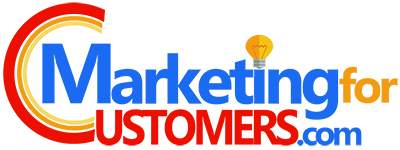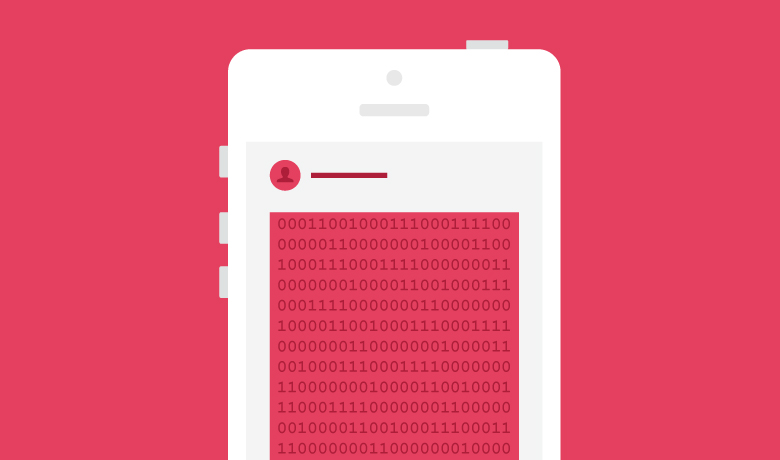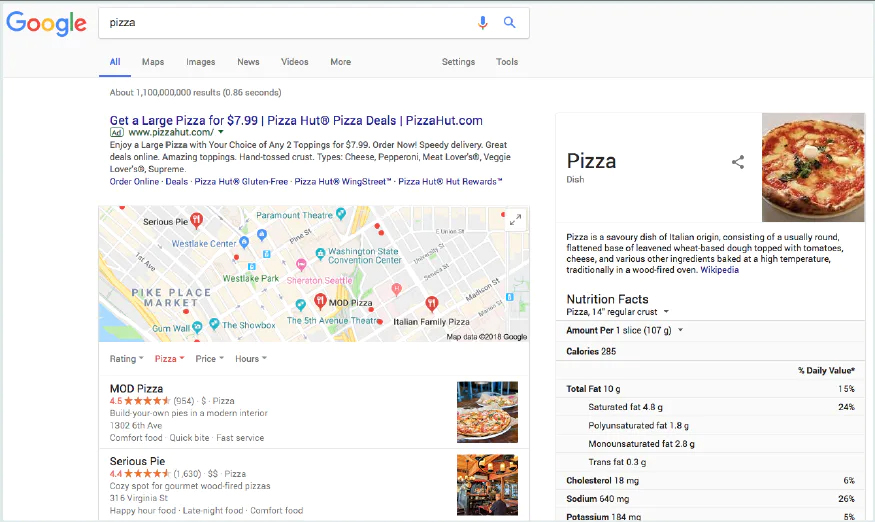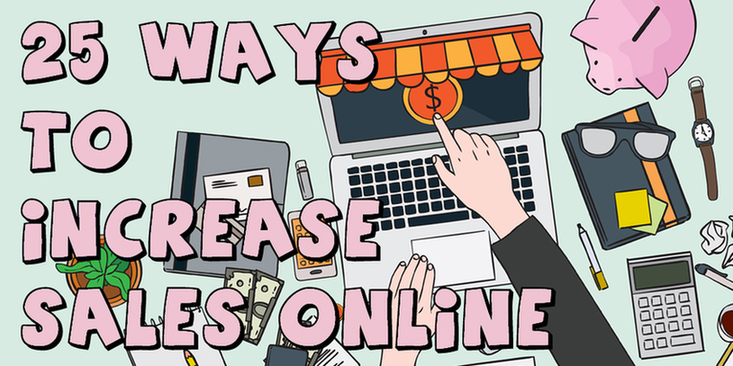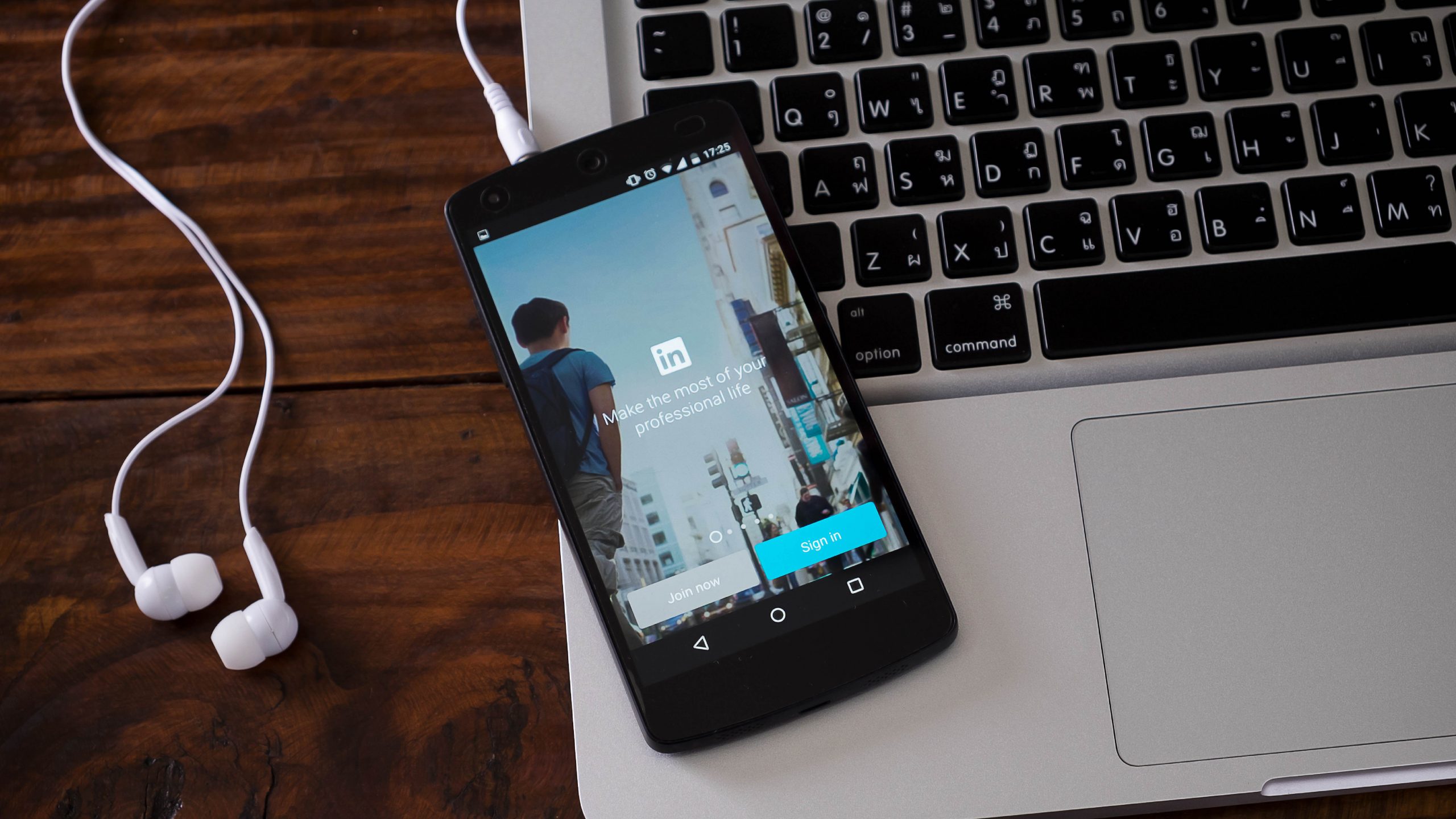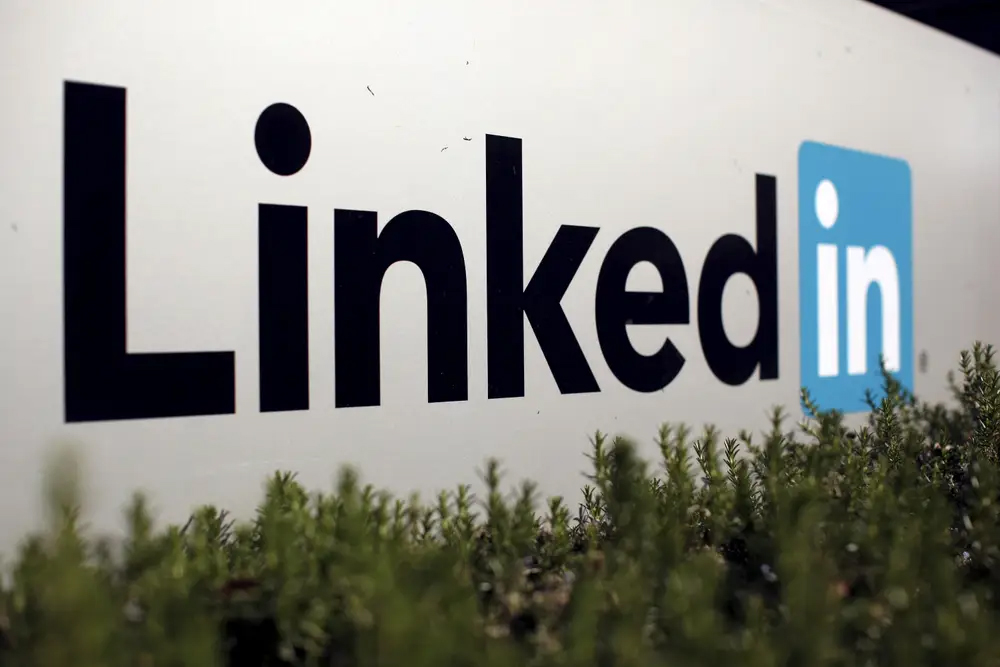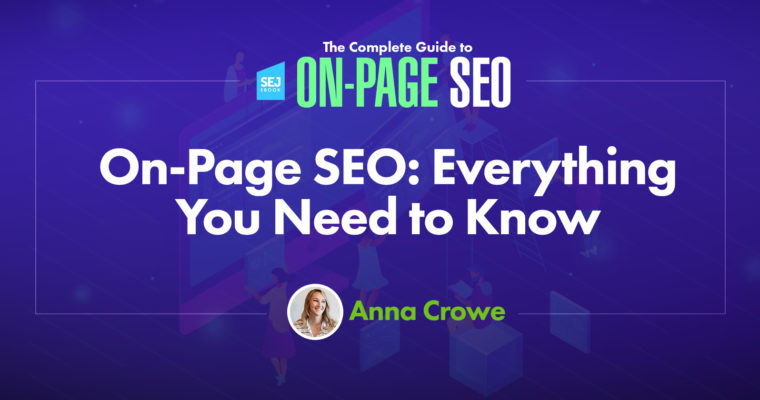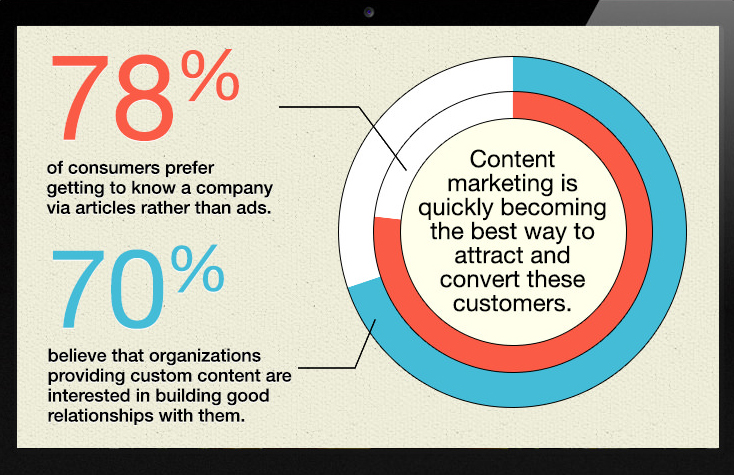Getting the Best from the World’s Biggest Networking Site

© GettyImages
Extreme-Photographer
Use LinkedIn to step up a gear in your career.
LinkedIn™ is the world’s largest professional networking platform. It’s also one of the most influential social media networks, with more than 575 million members in 2018. That’s a lot of potential contacts!
Members use the site to keep in touch with business associates, clients, and co-workers. But it can do so much more – boost your profile, build awareness of your brand, and help you to recruit the right people, for example.
In this article, we look at nine ways to use your LinkedIn account for personal, professional and organizational success.
Nine Ways to Get the Best From LinkedIn
1. Complete Your LinkedIn Profile
Your profile can be a powerful part of your personal brand. All registered LinkedIn users will be able to view it (unless you set it to private mode). You can also have a public profile that can be found by external search engines, so that even people who are not registered with LinkedIn can see it.
LinkedIn’s internal search algorithm only finds profiles that rank as “complete,” and these can get more than 20 times as many views as incomplete profiles. It’s important, therefore, to complete yours. Here are the essential things to remember:
- Add a good-quality photo of yourself, preferably one taken by a professional photographer. Look smart, smile, and don’t have any distractions in shot.
- Make your profile sparkle by adding a background image (sometimes called a “banner” or “cover” image) that reflects your personality and your profession.
- Mention your industry and location in your headline. You have up to 120 characters for this.
- Include a concise summary of who you are, what you do, and what you have to offer. You have 2,000 characters to play with, but you don’t have to use them all. You can also link to, or upload, six examples of your work to make your profile sparkle.
- Add your current position and describe what it involves. Be specific. Don’t say, for example, that you’re a “great communicator” – even if you are one! Instead, give details of your communication skills, and examples of how you’ve used them. Again, you have 2,000 characters.
- Add your previous work history, education details, and at least four skills or areas of expertise.
Tip:
As you add more details to your profile, you can track your progress from “Beginner” to “Intermediate” to “All-Star” using the Profile Strength bar.
2. Contact and Connect With Other LinkedIn Users
LinkedIn enables you to network with people and professional organizations in your industry. This is a great way to stay up to date with the latest developments, and to share information with others in your field. You can invite anyone to connect (and accept their invitations to connect with you), but they must have their own LinkedIn account to use the site.
LinkedIn saves the connections that you make to a list called My Network. When you make a new connection, you gain access not only to that person’s profile, but to their publicly available connections, too. These become your “second-degree connections.” This opens up even more networking opportunities, as you can then invite them to connect directly with you.
You can also introduce any two LinkedIn connections who haven’t yet connected to one another, but who might benefit from doing so.
Tip:
The number of connections that you have affects your search ranking on LinkedIn. It’s a good idea to aim for at least 50 “first-degree” connections.
3. Start Talking!
Once you’ve made your connections on LinkedIn, the Messaging facility allows you to have real-time conversations with them. The Active Status feature tells you which of your connections are online – look out for the green dot beside their profile pictures.
And the Smart Replies function – short, automatically generated, contextual responses (such as “What time?” and “Great, thanks!”) – can help to keep your conversations quick and productive. If you have a Premium account, you can also use InMail. This allows you to send private messages to any LinkedIn member without any prior introduction or additional contact information.
4. Give and Receive Recommendations and Endorsements
Your connections can write “recommendations” for your profile, and offer “endorsements” of your skills, and you can do the same in return.
Recommendations are personal testimonials that emphasize your professional abilities. Aim to collect a handful of these (between five and 10 is a good “rule of thumb”) by asking people you’ve worked with to write one for you.
Ask them to highlight the particular attributes or achievements that have impressed them, rather than making general comments such as, “Bella was fun to work with.”
Endorsements are simple notifications confirming that you have a particular skill. They may lack the impact of custom-written recommendations, but if a connection endorses you for your leadership skills, for example, it can help you to stand out from the crowd.
5. Use LinkedIn Groups
All LinkedIn members can set up or join groups to discuss ideas and share industry news. This can be a great way to develop your professional network.
You can use the search bar at the top of your profile page to look for interesting groups to join, or you can find new groups via the ones you’ve already joined. Once you’re a group member, you’re able to join group conversations, ask questions, and send messages to other members.
LinkedIn groups can be a valuable source of information, ideas and support. Share your knowledge with people in your groups, and they’ll likely respond in kind.
Warning:
LinkedIn warns against self-promotion in groups. Showing your expertise is good; gratuitous plugging of your company’s products isn’t. You can be blocked or removed from a group if you break its rules or code of etiquette.
6. Create Engaging Content Especially for LinkedIn
Just as with other social networks, you can post simple text updates, images, and links to other sites, and you can share posts from other users. But make sure that your post is useful, informative and relevant to your professional connections. And you may want to brush up your writing skills!
You can also record or upload video directly to LinkedIn from your device. This allows you to share your insights and experiences, or to boost your organization’s brand identity. Use the built-in filters and “stickers” to brighten up your video, and add captions for people who watch with the sound off.
LinkedIn also allows you to publish full articles, via its Publishing Platform. The articles that you write appear on your profile. They can be shared by other users, and may also appear in search engine results, but you retain the rights to any original content that you publish. This is a great way to showcase your industry expertise.
SlideShare is another option for delivering high-quality content. It’s embedded into LinkedIn, and allows you to post presentations and infographics.
Tip:
Adding hashtags to your posts can help your content to reach more users. Type a hashtag into the search bar to find out how many people follow it, and to see the kind of content that interests them.
7. Find New Hires – and New Opportunities
According to LinkedIn’s own figures, 20,000 businesses in the U.S. are using the site to recruit new staff. The service allows you to search for people who have the specific skills and experience that you need on your team. It can even replace traditional recruitment advertising entirely, depending on your industry and the position that you need to fill. The Advanced Search facility enables you to search by many different criteria: location, company, former companies, industry, language, nonprofit interests, schools, and degrees of connection.
LinkedIn’s paid Recruiter plans give you even more options, and can help you to source, prioritize, contact, and manage your list of candidates. Pipeline Builder allows you to contact potential recruits automatically when they visit LinkedIn, and the Find Nearby facility targets local contacts.
You can use LinkedIn to look for jobs, too. As well as browsing the job advertisements, many people use it as a research tool. Suppose that you have two job offers on the table, for example. You can use LinkedIn to learn more about your potential new bosses and co-workers, and to get a feel for the organizations’ corporate cultures. A Premium Career account allows you to search even more efficiently for job opportunities that match your preferences and skill set, and to find out who has looked at your profile in the last 90 days.
8. Boost Your Organization’s Profile
LinkedIn can increase the visibility of your business, your company brand, and your products. It can tell your company story, too. Do it right, and you can create valuable emotional connections with your potential customers and employees.
Consider setting up a company LinkedIn page, so that consumers, clients, suppliers, and new hires can research your company. Your page administrator can also use LinkedIn analytics to get a picture of the people who visit the page. This can help you to target your content more effectively.
LinkedIn can benefit your organization in other ways, too. You can use the site to research your competition, potential partners, and new suppliers, for example. And the paid account, Sales Navigator, also allows you to reach out to likely prospects, and to keep track of key personnel changes in your industry.
Tip:
You can integrate LinkedIn with other platforms and services – your LinkedIn updates can be automatically posted to Twitter, for instance. So, consider how your organization’s use of LinkedIn aligns with its overall social media strategy.
9. Observe Professional Etiquette on LinkedIn
Success on LinkedIn depends on developing and maintaining a good reputation. This means that it’s important to appear professional at all times. So, avoid posting the kind of personal material that you might put on Facebook. And avoid spreading rumors or gossips – you never know who’ll read them.
Be careful when you ask for, or make, an introduction, and do so only if you believe that both parties can benefit. Always be mindful of what you say about your organization. And finally, remember that honesty is the best policy – avoid overselling yourself, and don’t embroider the facts when you discuss your achievements!
Key Points
LinkedIn is the world’s largest professional networking website. You can use it to build connections in your industry and to stay in touch with colleagues, past and present. It’s an invaluable tool for job searches and recruitment, and a great way to stay up to date with industry news, enhance your professional reputation, and increase the visibility of your brand.
To get the best from LinkedIn, use the following strategies:
- Complete your profile.
- Contact and connect.
- Start talking.
- Give and receive recommendations and endorsements.
- Use LinkedIn Groups.
- Produce engaging content.
- Find new hires – and new opportunities.
- Boost your organization’s profile.
- Observe professional etiquette.
Source: https://www.mindtools.com/pages/article/linkedin.htm
